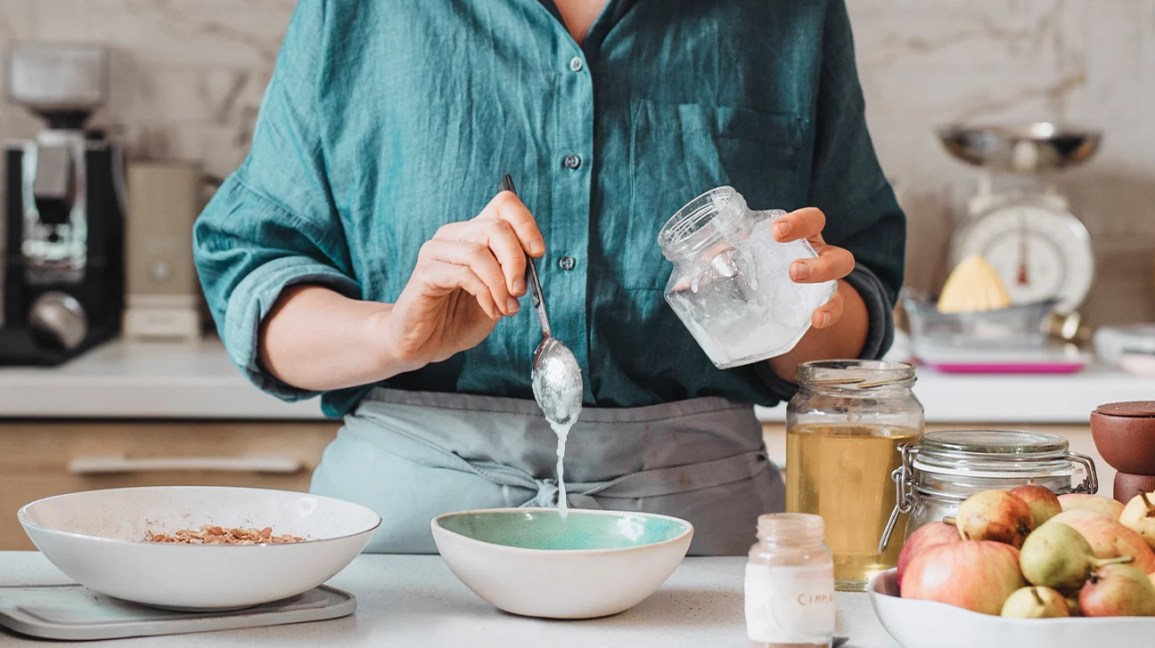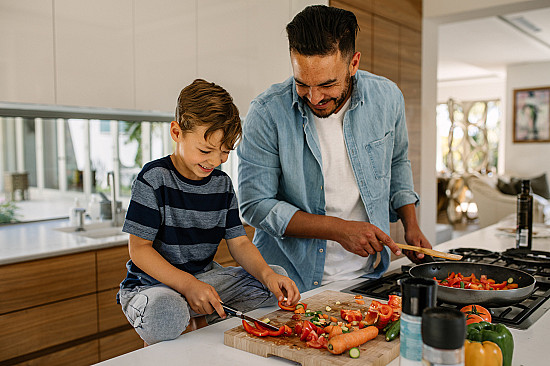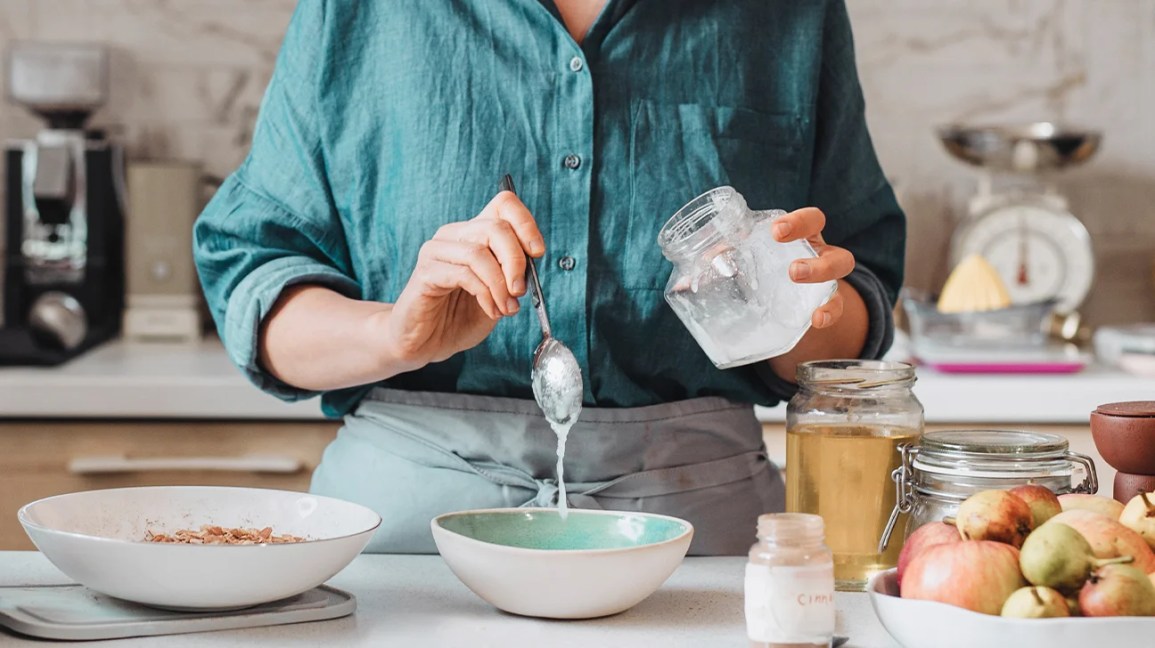
Welcome to the world of pie baking, where precision, detail, and artistry come together to create delectable treats.
In this article, we will guide you through the process of mastering the art of pie baking, ensuring both delicious results and safety in the kitchen.
From selecting the perfect recipe to assembling the pie with finesse, you will learn the necessary steps to become a pie baking expert.
Get ready to indulge in the sweet satisfaction of homemade pies.
Selecting a Suitable Recipe
When selecting a suitable recipe for pie baking, consider the desired flavor profile and level of difficulty. The first step is to determine the type of pie you want to bake, whether it's a classic apple pie, a tangy lemon meringue pie, or a rich chocolate pie. Next, consider the level of difficulty that matches your baking skills and experience. Beginners may want to start with simpler recipes, like a basic fruit pie, while more advanced bakers can experiment with intricate lattice crusts or decorative pie designs.
Once you have chosen a recipe, it is essential to follow it precisely. Measurements and ingredient ratios are crucial for a successful pie. Pay close attention to the baking time specified in the recipe, but also be aware that ovens can vary. If your pie is browning too quickly or not browning enough, adjusting the baking time or temperature can help troubleshoot these common pie baking problems.
Accumulating Necessary Ingredients
To successfully bake a pie, it is essential to gather all the necessary ingredients in advance.

When it comes to storing pie ingredients, it is important to follow a few tips to ensure their freshness and safety.
First, always check the expiration dates of items such as flour, sugar, and baking powder to avoid using spoiled ingredients.
Secondly, store dry ingredients, like flour and sugar, in airtight containers to prevent moisture absorption and maintain their quality.
Additionally, keep perishable ingredients, such as eggs and butter, refrigerated at the recommended temperature to prevent spoilage.
When gathering pie ingredients, common mistakes to avoid include forgetting to check the pantry for staples, like spices, and underestimating the quantity needed.
Preparing the Crust
To create a perfect pie crust, expertly prepare the dough using precise measurements and techniques.
The first step is to gather all the necessary ingredients, including flour, salt, butter, and water. Start by combining the flour and salt in a large mixing bowl.

Next, cut the butter into small cubes and add it to the flour mixture. Use a pastry cutter or your fingertips to blend the butter into the flour until it resembles coarse crumbs.
Gradually add cold water, a few tablespoons at a time, and mix until the dough comes together. Once the dough is prepared, it is essential to handle it gently and avoid overworking it, as this can result in a tough crust.
If you encounter any issues with the crust, such as it becoming too soggy, you may need to blind bake it. Blind baking involves partially or fully pre-baking the crust before adding the filling to ensure a crisp and flaky result.
Troubleshooting crust issues can also involve adjusting the oven temperature or baking time to achieve the desired outcome.
With these precise measurements and techniques, you can create a pie crust that is not only visually appealing but also deliciously flaky and tender.
Mixing the Filling
After preparing the crust, the next step in mastering the art of pie baking is to expertly mix the filling using high-quality ingredients and precise measurements.
Achieving the perfect consistency is crucial to ensure a smooth and delectable pie. Start by combining the main ingredients, such as fruit, sugar, and spices, in a large mixing bowl. Use a spatula or wooden spoon to gently fold the ingredients together, making sure to evenly distribute the flavors.

For a unique twist to traditional fillings, consider adding unexpected ingredients like a splash of citrus juice or a sprinkle of cinnamon. Be mindful of the measurements and add these ingredients gradually, tasting as you go to maintain balance.
Assembling the Pie
Next, carefully layer the mixed filling into the prepared crust to begin assembling the pie. To ensure a perfectly sealed pie, follow these steps:
- Gently pour the filling into the crust, spreading it evenly to avoid any air pockets.
- Use a pastry brush to moisten the edges of the bottom crust with water. This will help create a tight seal.
- Place the top crust over the filling, aligning it with the edges of the bottom crust.
- Press the edges together firmly to seal the pie. You can use the tines of a fork or your fingers to create a decorative pattern.
Once the pie is assembled, you can add decorative touches to the top crust. Here are some ideas:
- Use a sharp knife to create decorative slits or shapes on the top crust.
- Brush the crust with an egg wash for a shiny finish.
- Sprinkle sugar or cinnamon on top for added flavor and visual appeal.
- Cut out shapes from extra dough and arrange them on top of the pie for an artistic touch.
Frequently Asked Questions
How Do I Prevent My Pie Crust From Becoming Soggy?
To prevent a pie crust from becoming soggy, one can use blind baking techniques by pre-baking the crust before filling it. Another method is to use a lattice top crust, which allows steam to escape and prevents excess moisture from accumulating.
Can I Substitute a Different Type of Fruit in the Pie Filling Recipe?
Yes, you can substitute a different type of fruit in the pie filling recipe. However, it is important to choose fruits that have a similar texture and moisture content to ensure the pie turns out as intended.
How Do I Achieve a Flaky and Tender Crust?
To achieve a flaky and tender crust, it is important to use cold ingredients and handle the dough gently. Incorporating butter or shortening in the right proportions and allowing the dough to rest before baking also contributes to the desired texture.
Can I Make the Pie Crust in Advance and Freeze It for Later Use?
Yes, you can make pie crust in advance and freeze it for later use. This allows for convenient preparation and can save time. Ensure the crust is tightly wrapped to prevent freezer burn.

How Long Should I Let the Pie Cool Before Serving?
To achieve the perfect pie crust texture, it is recommended to let the pie cool for at least 2 hours before serving. This allows the filling to set and the flavors to meld together for the best results.
 Family Craft ProjectsHome ImprovementCooking and BakingReuse and RecycleDIY GiftsEco-Friendly ProjectsDIY Home SolutionsSeasonal ActivitiesFun and GamesLearn TogetherPrivacy PolicyTerms And Conditions
Family Craft ProjectsHome ImprovementCooking and BakingReuse and RecycleDIY GiftsEco-Friendly ProjectsDIY Home SolutionsSeasonal ActivitiesFun and GamesLearn TogetherPrivacy PolicyTerms And Conditions
